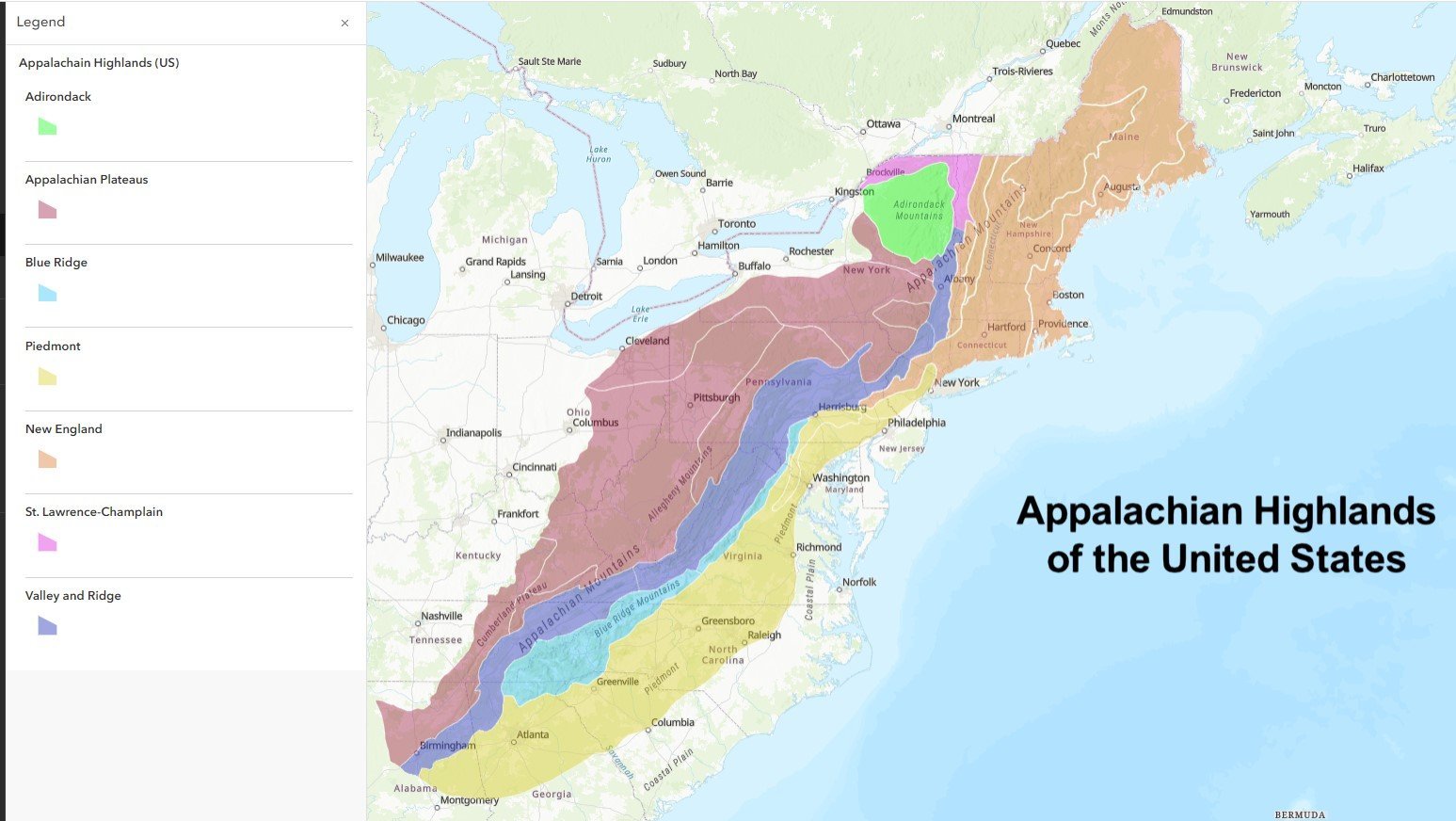Flip flop hiking the Appalachian Trail offers a unique and strategic approach to conquering the 2,190-mile wilderness journey. Unlike traditional northbound or southbound routes, this method allows hikers to navigate the trail with greater flexibility, avoiding peak crowds and challenging seasonal conditions while experiencing the diverse landscapes of the Appalachian Mountains from a fresh perspective.
What Makes Flip Flop Hiking Different?

Flip flop hiking represents an innovative approach to traversing the Appalachian Trail, breaking away from conventional thru-hiking strategies. This method involves starting at a non-traditional point and hiking in alternating directions, providing hikers with unique advantages.
Why Choose Flip Flop Hiking?
| Advantage | Description | Impact |
|---|---|---|
| Crowd Reduction | Avoid peak hiker seasons | Less trail congestion |
| Weather Flexibility | Navigate around extreme conditions | Improved hiking comfort |
| Logistical Ease | More adaptable starting points | Enhanced planning options |
Where Should You Start Your Flip Flop Journey?

Most experienced hikers recommend Harpers Ferry, West Virginia, as an ideal starting point. This strategic location offers several compelling benefits:
- Central Trail Location: Symbolically considered the psychological halfway point
- Moderate Terrain: Provides a balanced introduction to trail challenges
- Access to Resources: Proximity to Appalachian Trail Conservancy headquarters
What Route Options Exist?
Hikers typically choose between two primary flip flop strategies:
- Harpers Ferry to Katahdin, Then South
- Start in Harpers Ferry
- Hike north to Mount Katahdin
- Return to Harpers Ferry
-
Complete southern section to Springer Mountain
-
Broken Loop Approach
- Begin at Harpers Ferry
- Hike to Katahdin
- Return to Springer Mountain
- Complete trail back to Harpers Ferry
How to Prepare for Your Flip Flop Adventure?
Essential Gear Checklist
- Lightweight Backpack: 60-70 liter capacity
- Durable Hiking Boots: Ankle support and excellent traction
- Weather-Appropriate Clothing: Layering system
- Navigation Tools: Maps, GPS, compass
- Emergency Equipment: First aid kit, communication device
When Is the Best Time to Start?
The optimal window for flip flop hiking typically spans mid-April to early May. This timeframe offers:
- Minimal snow coverage
- Moderate temperatures
- Reduced trail congestion
- Favorable hiking conditions across different elevations
What Physical Preparation Is Necessary?
Successful flip flop hikers invest in comprehensive physical training:
- Cardiovascular Endurance: Long-distance walking and hiking
- Strength Training: Focus on legs, core, and back muscles
- Flexibility Exercises: Prevent injury and improve mobility
How Much Does a Flip Flop Hike Cost?
| Expense Category | Estimated Cost |
|---|---|
| Gear | $1,500 – $3,000 |
| Food | $10-15 per day |
| Transportation | $500 – $1,000 |
| Emergency Fund | $1,000 – $2,000 |
| Total Estimated | $3,000 – $6,000 |
What Challenges Might You Encounter?
Flip flop hiking isn’t without obstacles:
- Unpredictable weather patterns
- Physical endurance requirements
- Navigation complexities
- Potential isolation during off-peak seasons
Pro Tips for Success
- Train extensively before departure
- Maintain flexible itinerary
- Connect with trail community
- Prioritize safety and preparedness
Final Thoughts
Flip flop hiking the Appalachian Trail offers an extraordinary opportunity to experience one of America’s most iconic wilderness routes. With careful planning, physical preparation, and an adventurous spirit, hikers can transform this challenging journey into an unforgettable lifetime achievement.

